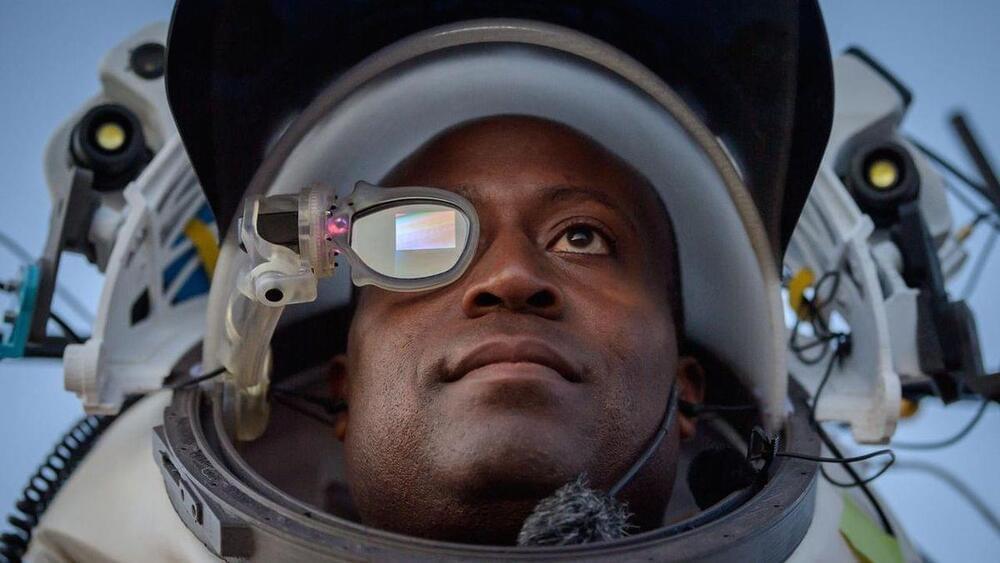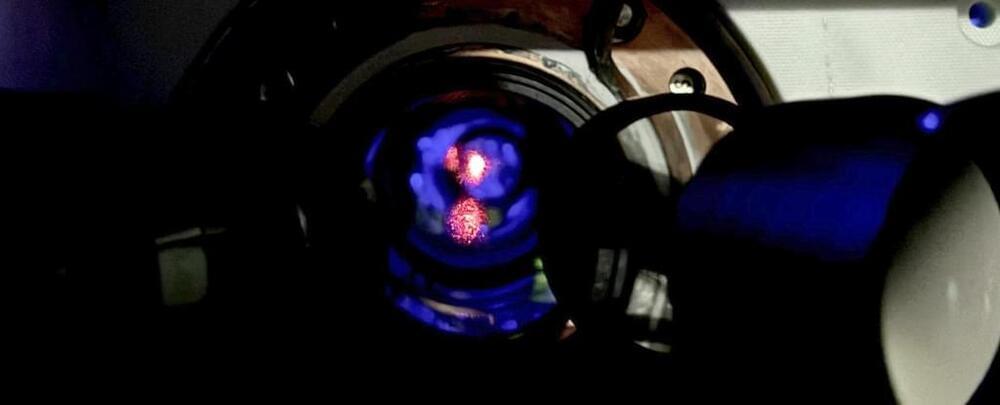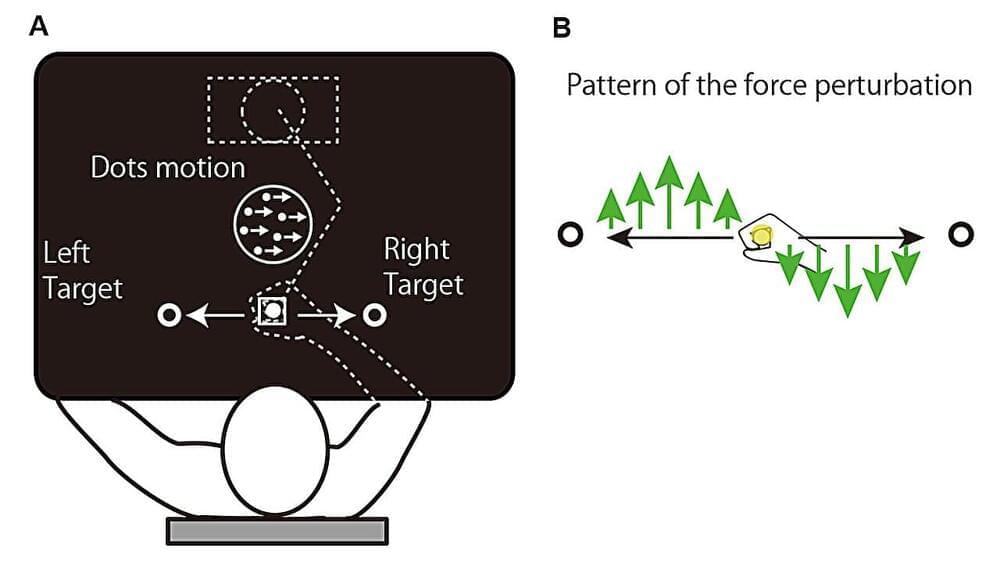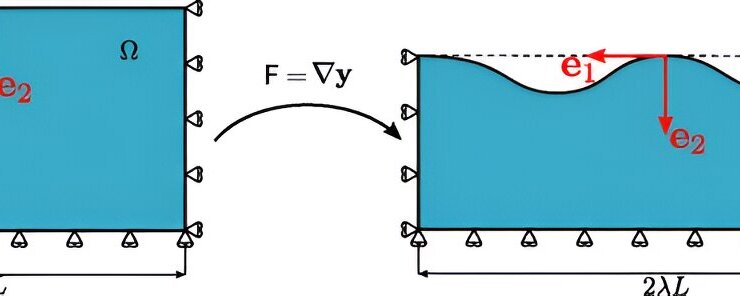The next-gen aerospace company Electra has achieved a remarkable milestone with its hybrid-electric test aircraft, which took off in under 170 feet on its first test flight — around 10% of the typical length of conventional airplane runways.
In a company news release, Electra said that test flights of its hybrid-electric short takeoff and landing (eSTOL) aircraft, the EL-2 Goldfinch, took place earlier this year at several Virginia airports. Although the vehicle is designed to take off and land on airstrips about the size of a soccer field (300 feet by 100 feet), as New Atlas described, it needed “almost no runway” to take flight.







